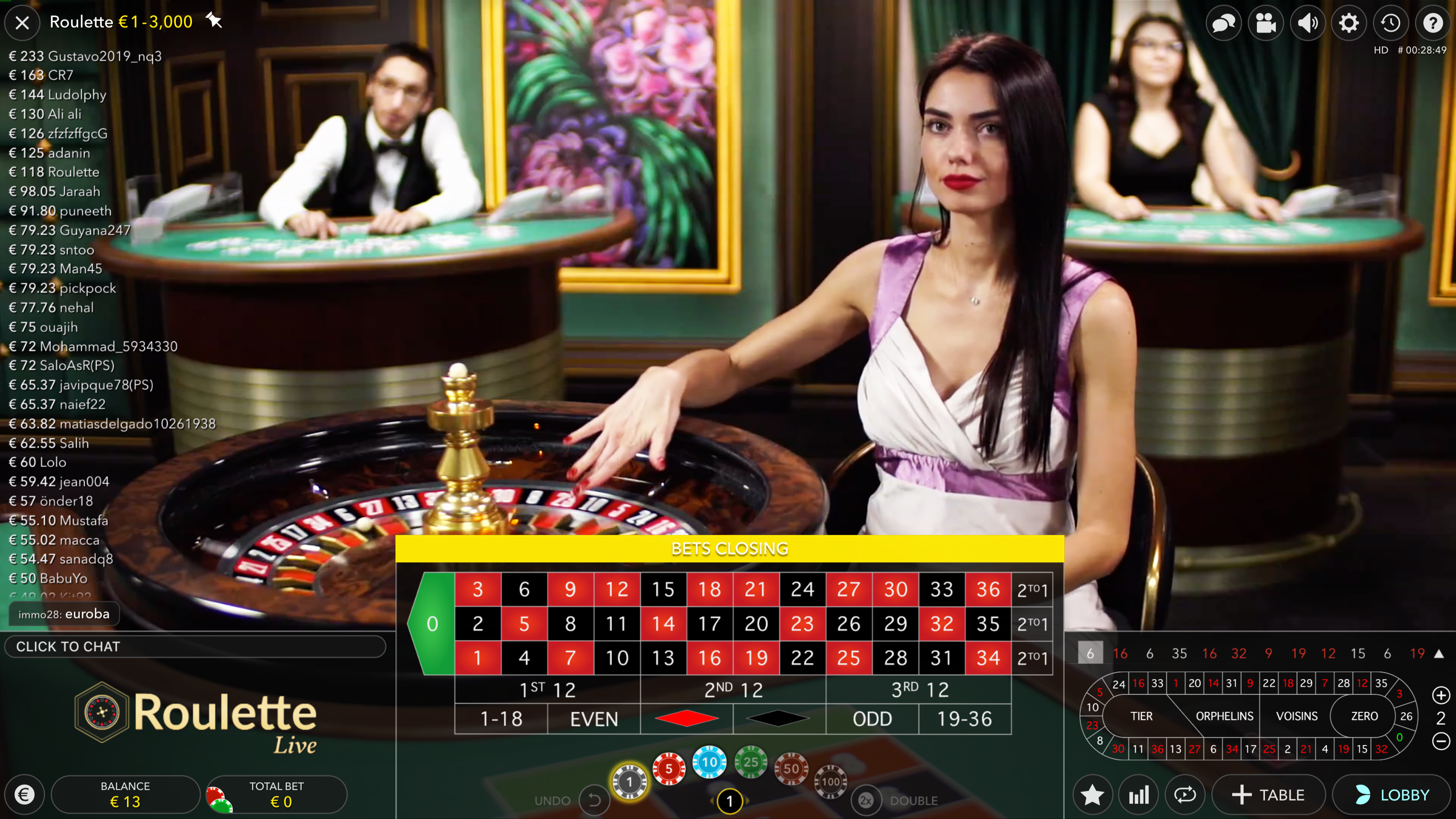
Within the dynamic and thrilling world of casinos, wherein luck and tactics intertwine, hues and aesthetic play a critical role in drawing in gamblers. From the moment players step into a casino or log into a gaming website, they are immersed in a visual feast that grabs their attention and lures them to explore more. Vivid colors, captivating graphics, and creative layouts are meticulously crafted to create an environment of excitement and anticipation, ultimately improving the gaming encounter.
While players move through the dynamic landscape of casino games, they come across a variety of designs that not only serve visual purposes but also influence emotions and decision-making. Hues like scarlet and yellow symbolize wealth and luck, while soothing navy and greens can create a much relaxed environment. Grasping how these elements work together enables casinos to create an welcoming and energizing atmosphere that encourages players to engage with the games, spend additional time at the tables, and increase their general enjoyment.
The Study of Color in Casino Games
Hue plays a critical role in the creation of gambling games, influencing player emotions and behaviors. Vivid and vibrant hues, such as red and amber, are often used to incite enthusiasm and draw attention. These shades create a sense of pressure and energy, encouraging players to involve themselves more eagerly with the activity. By intentionally selecting colors, creators aim to elicit feelings of joy and excitement, which can enhance the complete gaming experience.
Various shades also have psychological associations that can affect how players perceive their possibilities of victory. For case, emerald is commonly associated with luck and prosperity, making it a well-liked choice in activities like the roulette wheel and poker setups. This association can result players to feel more hopeful and confident in their gameplay, ultimately inspiring them to bet more. Understanding these associations allows game designers to craft environments that enhance player satisfaction and retention.
Moreover, the design of gambling game interfaces often employs blended colors and differing shades to instruct player actions. For example, winning combinations may be emphasized with bright, opposing shades, creating a visual incentive. This approach strengthens successful results and promotes repeated participation. By leveraging the psychology of color, gaming venues can develop activities that not only attract participants but also hold them engaged and invested in their gaming experience.
Creative Elements that Engage Players
The aesthetic appeal of gambling games is primarily influenced by the implementation of bold colors. Lively and contrasting colors are strategically chosen to create an inviting atmosphere that captures attention. For example, reds and golds often signify good fortune and prosperity, which is why they are common in the color schemes of gaming machines and table surfaces. These colors not only attract players in, but they also evoke emotions associated with thrill and expectation, enhancing the overall gaming experience.
In addition to color, the aesthetic and organization of gambling games play a significant role in player attraction. Games are designed to be user-friendly, ensuring that players can easily understand the guidelines and mechanics. User-friendly interfaces, along with engaging graphics and motion, help maintain player interest and promote extended play sessions. The physical elements, such as the feel of the controls and the sounds of the games, also add to a comprehensive sensory experience that keeps players engaged. Ok8
In conclusion, thematic elements in gaming design can significantly influence player choice. Many gambling games are inspired by media, myths, or exploration motifs, featuring symbols and characters that connect with players. These themes create a sense of engagement and connection, making each game feel unique. When players feel a connection to the concept, they are more likely to choose that game over others, leading to higher participation and excitement within the gambling environment.
Case Studies: Successful Casino Slot Designs
One noteworthy example of successful casino game design is the well-known slot machine series based around popular movies. Games such as those based on the Wizard of Oz and Game of thrones utilize bright colors and superior graphics to immerse players in recognizable narratives. The use of dynamic visuals and captivating sound effects grabs the interest of players, establishing an emotional connection to the theme. This tactic not just fosters longer play but also boosts the overall gaming experience, resulting in increased player retention.
Another notable case is the use of the psychology of color in table games like blackjack and roulette. Casinos often design these games with deep reds and greens, colors traditionally connected with luck and wealth. For instance, the emerald felt on a 21 table provides a calming effect, while the red accents in the wheel invite anticipation. This intentional use of color helps to foster an inviting atmosphere that motivates players to join in, satisfying their psychological impulses and enhancing their enjoyment.
Finally, social casino games that feature community features and bright, colorful designs have seen remarkable success in engaging players. Games like Zynga Poker and Slotomania leverage vivid colors and playful animations to forge an inviting online environment. The inclusion of leaderboards, social sharing options, and in-game rewards encourages competition and community, pulling players in for longer sessions. Such designs not only make the games visually appealing but also emphasize community engagement, a key factor in player retention and engagement within digital casino environments.
